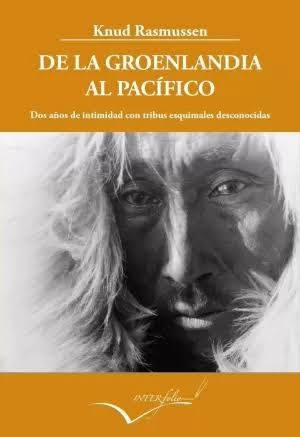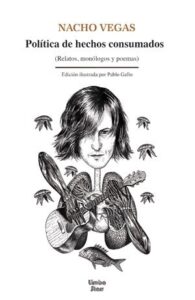
Year of publication: 2014
Valuation: Highly recommended
It would be as absurd to deny this book its place within “travel literature” as it would be to not recognize that its scope is infinitely greater than the strict standards of the genre. Because From Greenland to the Pacific, In addition to the narration of the journey made by the multidisciplinary 5th Thule Expedition between 1921 and 1924, it is a fundamental text within Inuit anthropology / ethnography.
With it, Knud Rasmussen joins the select group of “cool” explorers, those who seek more of an understanding of the people and places they travel through than a mere sporting or geographical landmark (which also have their merit, why deny it). Perhaps his own origin has something to do with the above, since Rasmussen was the son of a Dane and a Greenlandic woman and was born in Greenland itself, or perhaps it is just that he was a restless guy, a mix of adventurer and intellectual more in line with Nansen than in Peary’s.
Be that as it may, From Greenland to the Pacific is a journey through the material and intellectual culture of the Inuit peoples, from Greenland to Alaska, in search of the ties that unite different groups and populations, some of which have not had contact with each other for centuries. Thus, Rasmussen’s work covers a multitude of fields: materially we can include architecture, art, archaeology, anatomy or clothing; The intellectual includes beliefs, myths and legends, folklore, economic, social and family organization or sexuality.
Perhaps the weight of this second aspect is greater, which means that the text has a lot of the orality of myths and legends and that it contains within it a curious mixture of faith, fantasy and art close to magical realism. This, together with Rasmussen’s view of what surrounds him (his smallness in the face of a powerful nature, his humor, his empathy and his shedding of that Western superiority that characterizes us), gives the text a literary character that is not an obstacle to a accessibility and rigor that are appreciated.
In addition to the above, it is interesting to verify how the ways of life of the different groups were altered depending on their degree of interaction with Westerners who came to the region to exploit natural resources. In this sense, and despite having passed a hundred years since the events narrated in the book, its validity is total. Similar problems or situations (depending on the color of the glass you look through) happen today in the Amazon or in the most remote regions of Africa or Asia.
Last but not least, I must say that the editing of the book is truly magnificent. Accompanying the text are no less than 450 photographs taken by Rasmussen’s group during the expedition: portraits, archaeological remains, drawings of spirits, scenes of daily life, etc. A very complete catalog and a wonderful testimony of the work of a truly fascinating expedition.
Source: https://unlibroaldia.blogspot.com/2023/12/knud-rasmussen-de-la-groenlandia-al.html


